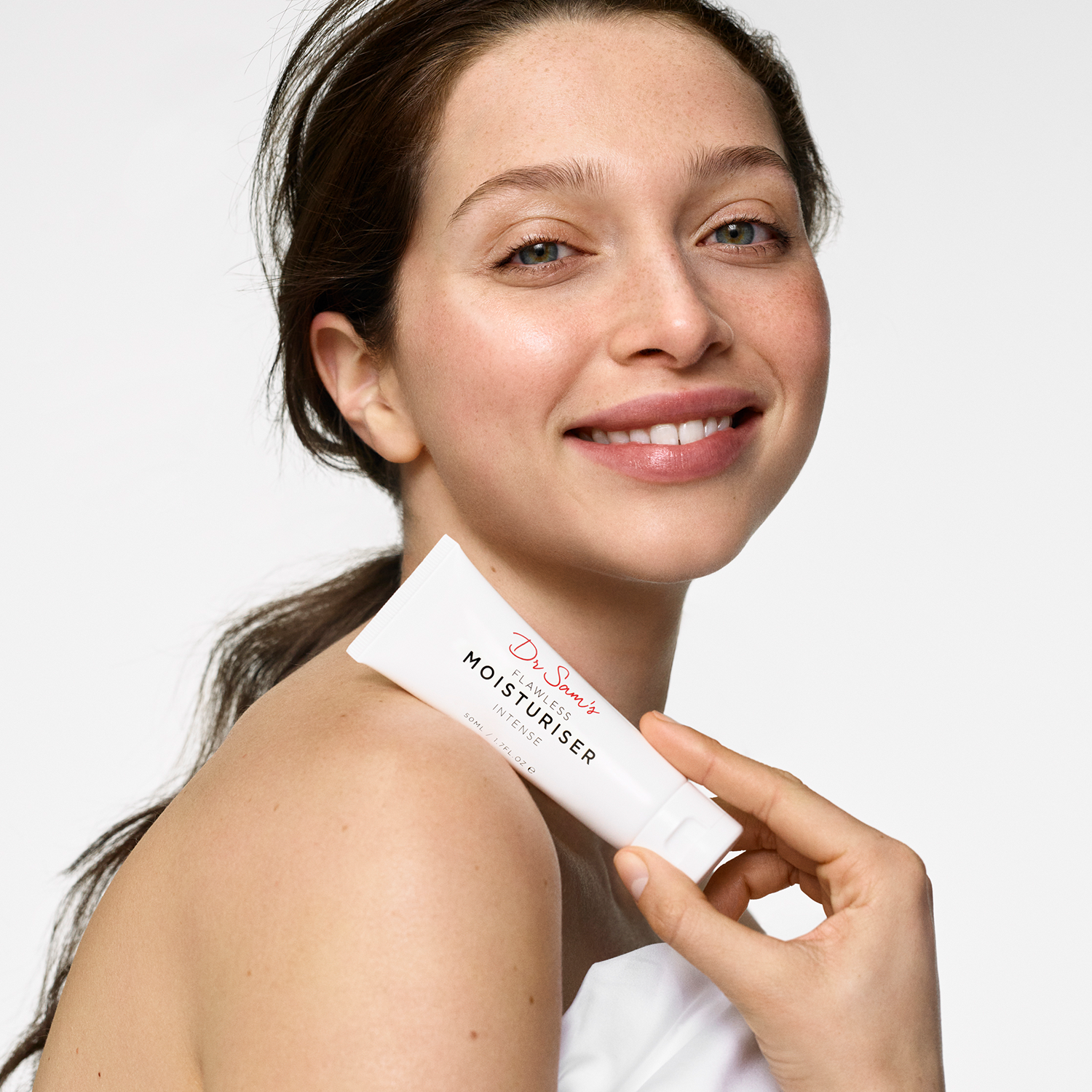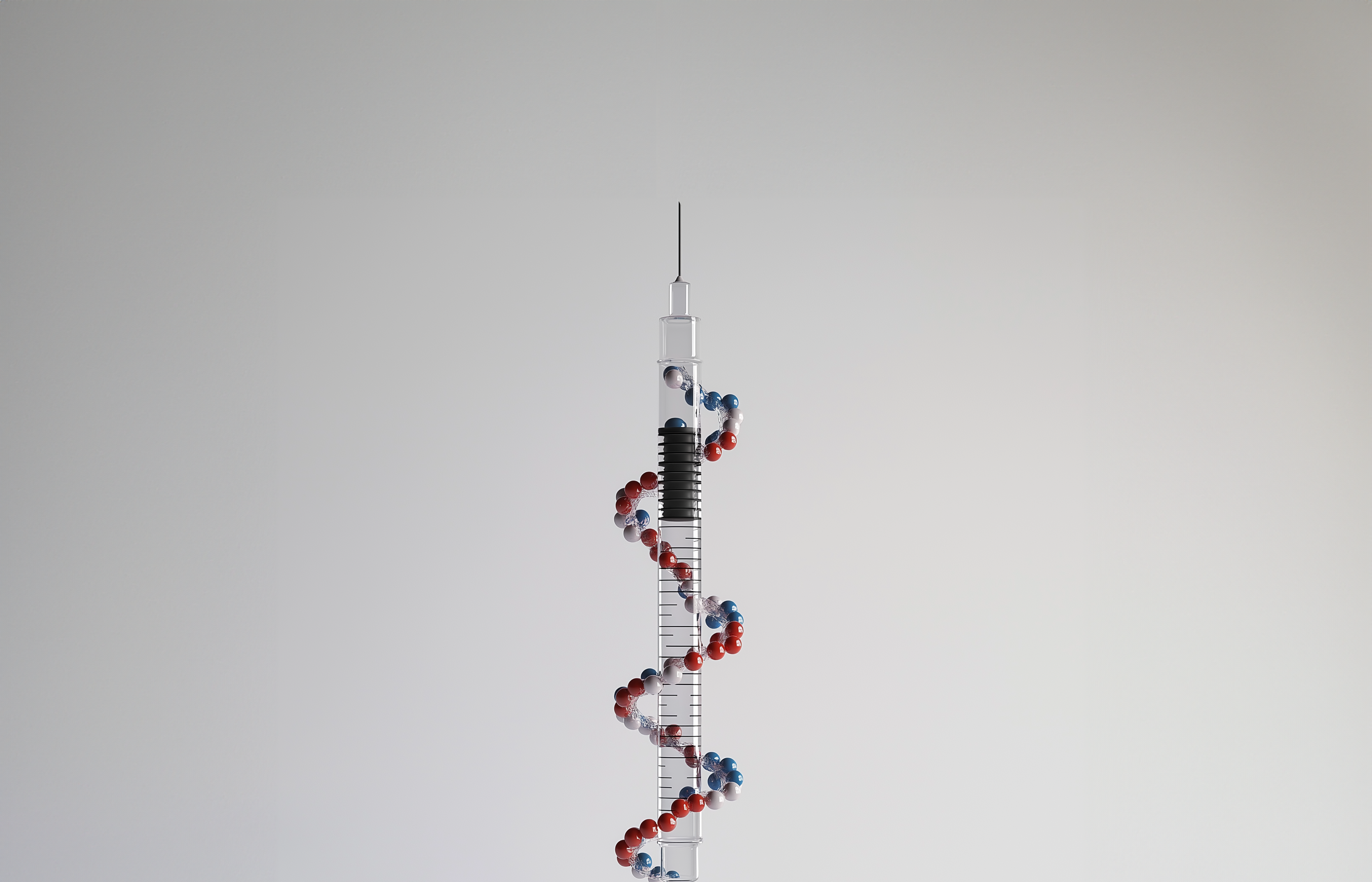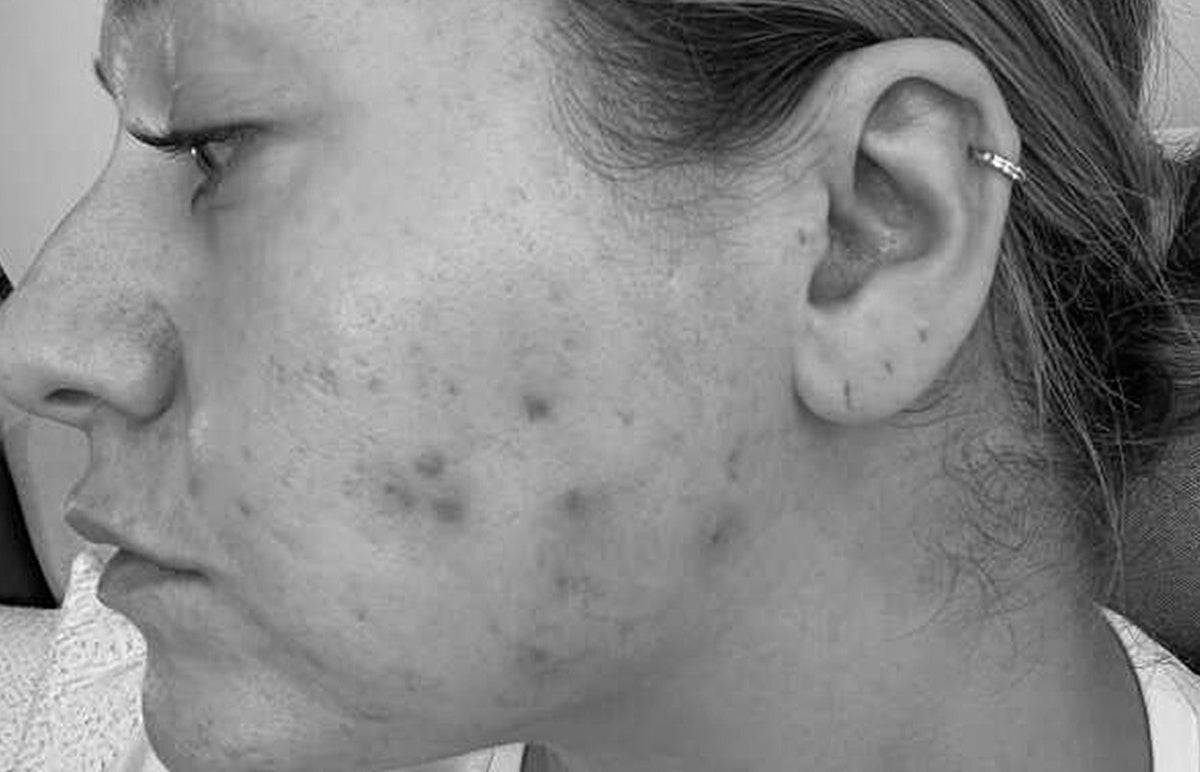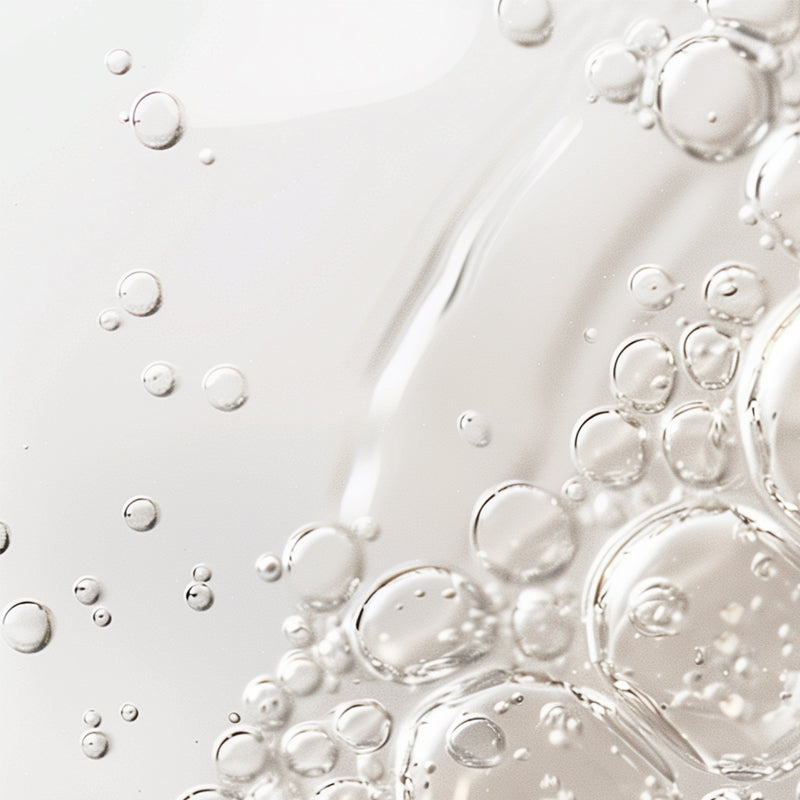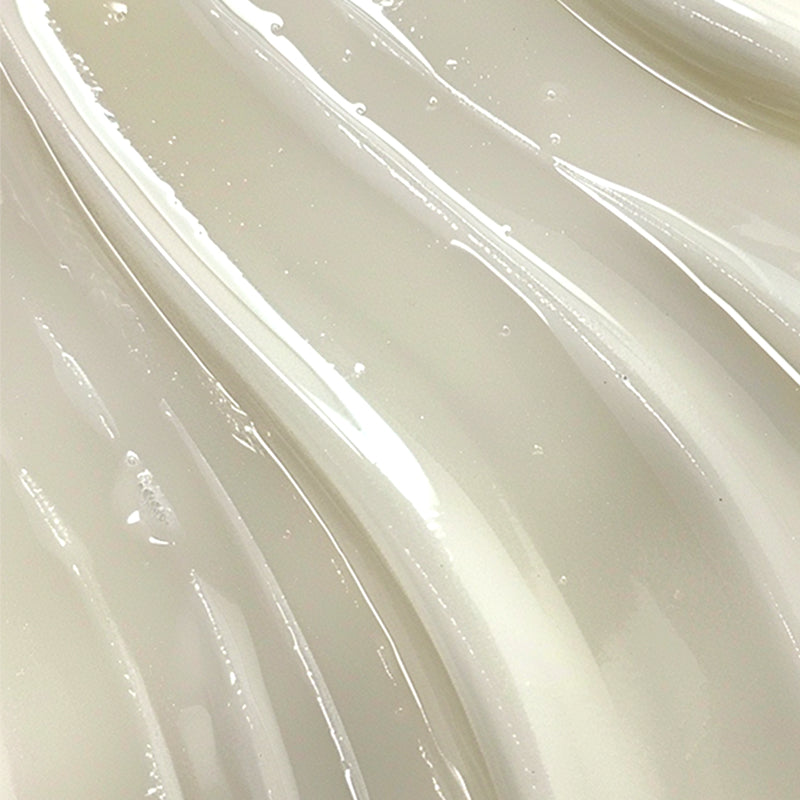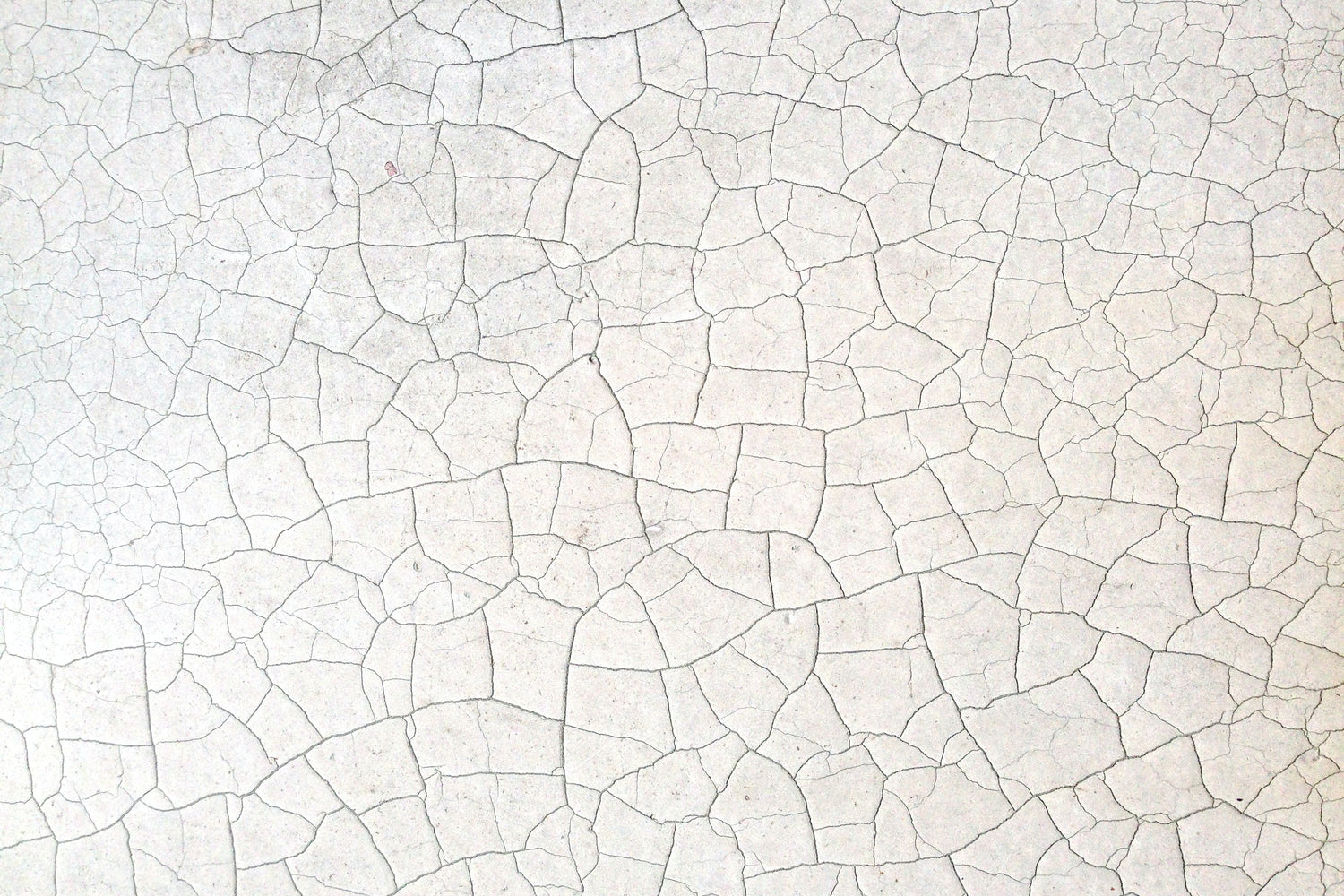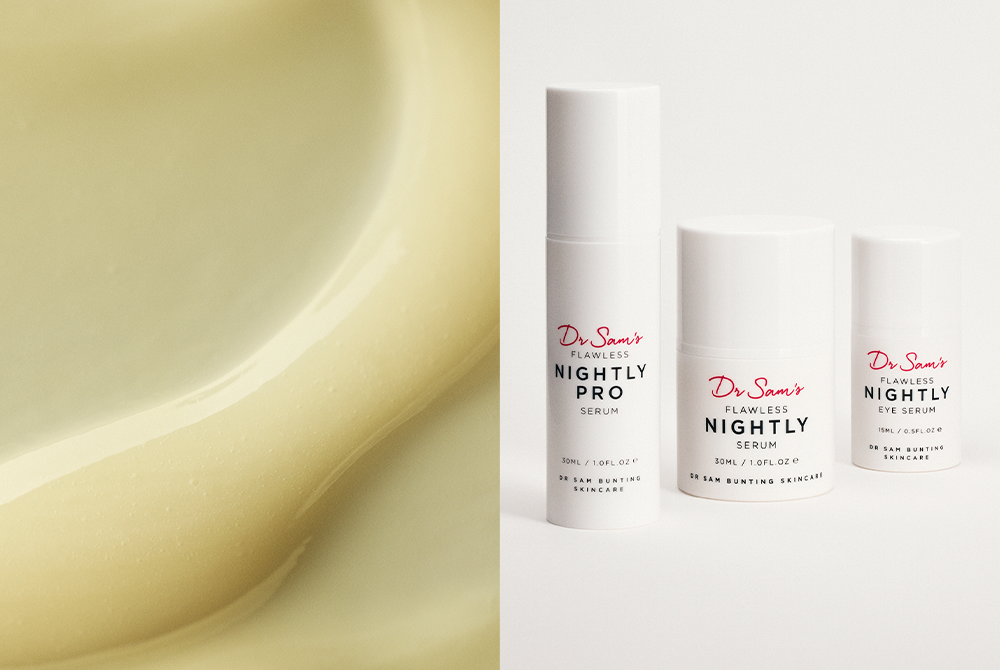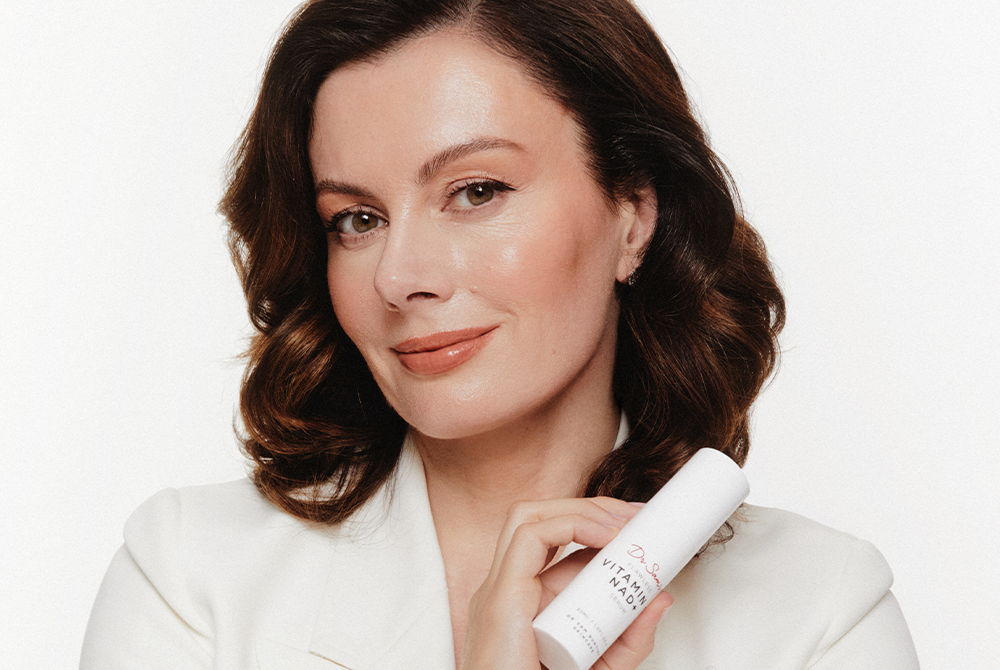Heard about the Retinoid Uglies?
So firstly let me say this. If you’ve not had this happen, don’t worry, it will at some point!! It’s just a rite of passage for retinoid users. And in a way it’s necessary to probe the boundaries of what your skin can cope with, so you know where your threshold is. So today I’m talking about the 5 things you can do when you've overdone it on the retinoid front.
What happens if we use too much retinol?
Retinoid irritation and dermatitis manifest by:
- Redness
- Peeling
- Dryness
This is mediated by inflammatory proteins called cytokines in response to retinoid use. Retinoids also increase cell turnover. And finally there seems to be a direct effect of the retinoids that leads to ungluing of the surface skin cells to each other, which is something I think we all recognise, right? The afternoon shed. Any attempts to apply make-up to hide this will be rendered futile. So it's this combination of events that can lead to burning, red and scaling skin with retinoid use.

What can we do if we’ve used too much retinol?
- Like with sunburn, the key thing is to STOP!
It’s time to look at your routine critically. Have you tried to introduce retinoids whilst also using other actives? In which case you may have exceeded your skin’s cutaneous load.
Have you tried to use retinoids alongside potentially irritating ingredients like fragrance and essential oils?
2. Strip your routine back.
I think that the safest way to use a retinoid when you’re starting out is to do it in isolation with the right support system. This consists of:
*Unfragrance cleanser
*Barrier-supporting moisturiser
*Non-clogging broad spectrum sunscreen
It’s the reason I created my Perfected Basics - to support you as you start out on your skin journey with Actives!
3. Repair your barrier
There are 3 things you can do to speed this up. It’s a great time to consider a hydrating mask to add oomph to your basic routine. And a barrier repair cream might also be helpful, to amplify and expedite repair. Finally, you might even need to use a little 1% hydrocortisone cream for a few days. Sparingly.
4. Time - allow things to settle properly. If your barrier is compromised, it may take up to 14 days to heal. There’s no rush.
5. Restart.
Now’s the time to learn from your mistakes. So restart using your retinoid alone.
Things to consider doing differently include:
Reduce the frequency.
Buffer first - this is the single most useful modification you can make to increase your retinoid tolerance.
Consider diluting your retinoid - this is a really easy way to make your retinoid a little less potent at the beginning.
Do check out my video How To Use Retinoids Live Demo for my technique.
If that’s unsuccessful, try a lower potency retinoid.
How long do retinol uglies last?
I generally find that it gets easier after 3 months, or a couple of skin cycles. You might have to reset a couple of times to find your own retinoid sweet-spot. But that’s ok, as long as you have a structure. Ultimately you're better off using a lower strength retinoid more regularly than a high strength one that you have to keep stopping and starting, so don’t try to be a retinoid hero!!!!
So remember - you’ve got this!!! Retinoids are hugely beneficial to our skin and I want you to be able to achieve the skin transformation that they can offer. If you found this article helpful, please share it with friends and on social media so we can reach more people and spread the word!!!

